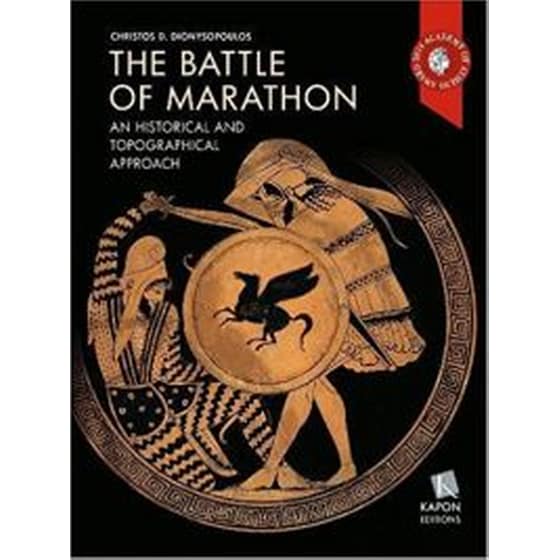The historian and philologist Christos Dionysopoulos goes head-to-head with 669 authors and 913 articles and booksemerging triumphant not only from the field of battle, but also the field of research, with a detailed study, which casts light on the events, discovers unseen aspects and answers questions which had remained unanswered until today.
At what hour did the battle of Marathon take place? How many Athenians and how many Persians took part? How long did the battle last? Did slaves fight alongside the Athenians and how many of them were there? What were the losses on each side? How many messengers were there who brought the news of victory to the city?
"There are many theories about the battle of Marathon, but the principal source is Herodotus, who left many gaps in his account, which scholars have from time to time filled with their fantasies. In the present study I evaluated and compared all the sources with the result that uncertainty was banished and concrete conclusions achieved," stressed the scholar-'detective' who has been elected a Research Associate of the Academy of Athens amongst other honours. He has shed light into every corner of his study from the site of the battle and the strategy of the opponents to the burial of the dead and the dedications celebrating victory. The Athenians charged at the enemy when the Persian horses were in their stables, that is to say, in the afternoon. They chose that time so that they would not have to face the cavalry as well. They were the first to use the tactic of charging at the run in the last 200m before they clashed hand to hand with the enemy to reduce the effectiveness of the Persian archers. The ingenious battle tactics of Miltiades involved strengthening the two wings, in comparison to the weak centre, so that at the right moment they could surround the enemy.










